When David Williams was a kid, his local bowling alley in Denver was a reliably cheap and fun destination—a place where his mom could take him along with his brothers and sisters to escape the heat in the summer and the cold in the winter, and where his brother used to drive him when they wanted to get away.
While many Americans may share childhood memories like Williams’, fewer understand his love of the sport and the places where people practice it today. The number of bowling alleys in the U.S. has been in decline for decades, and the number of Americans joining bowling leagues has dropped significantly, as Robert Putnam highlighted in his book Bowling Alone.
But things might not seem so dire if you look at the photos in Williams’ series, “Bowling: The Midwest,” which celebrate the quirky alleys still standing in Middle America, and the dedicated owners who want to keep them going. This past August, Williams and his friend, writer Al Elio, set out from Denver for a 10-day road trip across the Midwest, stopping along the way to talk to those people and photograph their bowling bastions. Their goal, Williams said, was to figure out where bowling is still thriving.
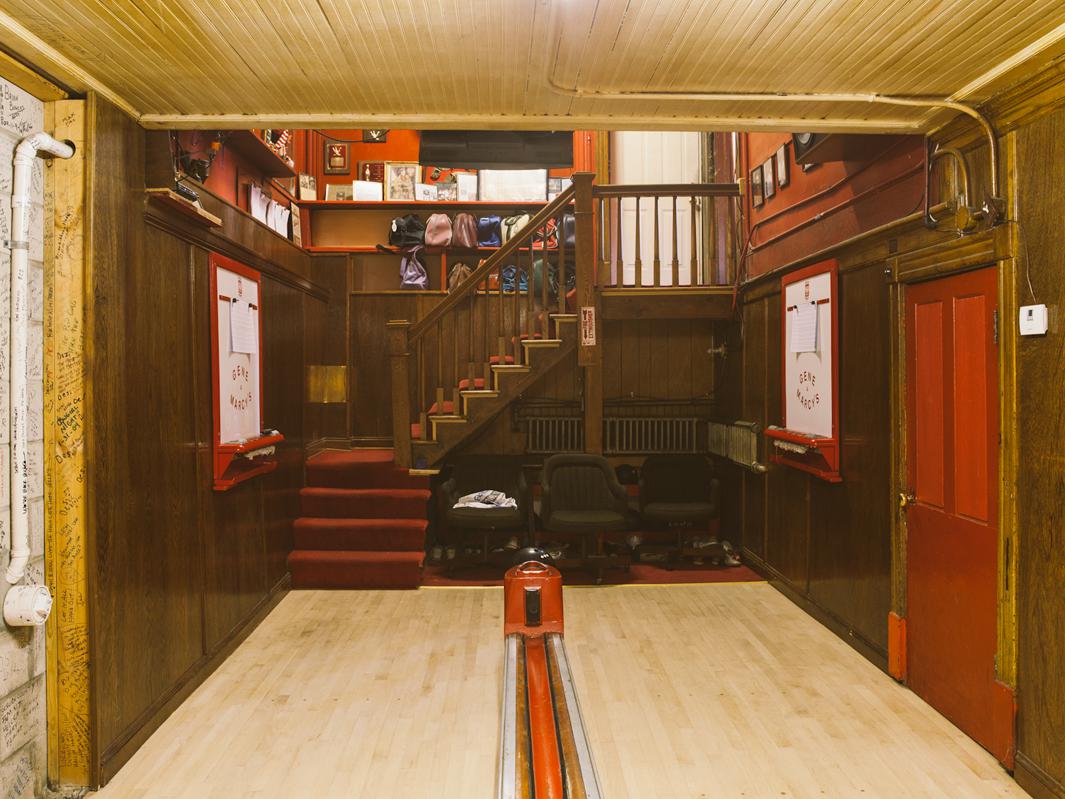
David Williams

David Williams
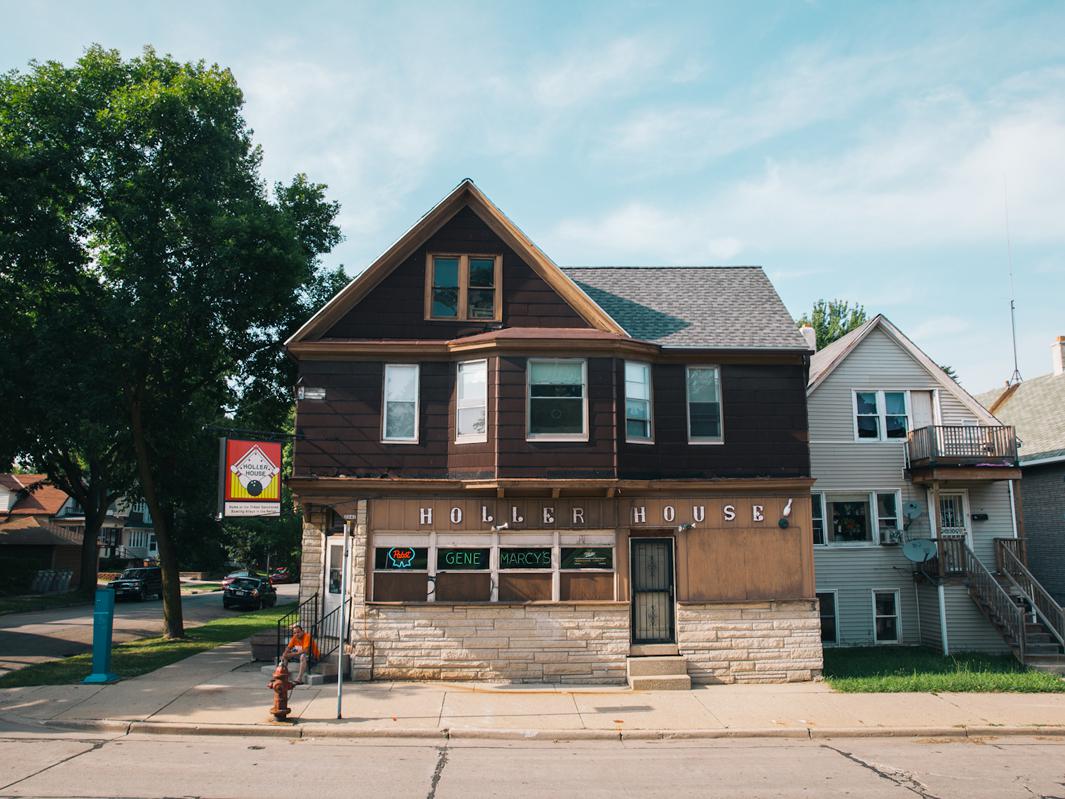
David Williams
Some alleys were fascinating for their décor, like Castle Lanes in Racine, Wisconsin, which owner Phil Ontko styled to look like the video game Big Buck Hunter because many of his customers like to hunt. Others had rich histories. In Omaha, Nebraska, they visited West Lanes, which was housed in a building that was once a bomb shelter. In Milwaukee, they met Marcy Skowronski, the owner of Holler House, the oldest sanctioned bowling alley in the U.S. First opened in 1908, it has just two lanes, located downstairs from the bar. Williams and Elio wanted to bowl there, but Skowronski couldn’t convince pin boys to work that day. (It was too hot, they said.)
In a recent column for the Philadelphia Inquirer, sports columnist Frank Fitzpatrick pointed to some facts that paint a slightly rosier picture of the state of bowling. The fastest growing NCAA team sport, he notes, is bowling, and in the 2010 census, Americans named bowling their favorite participatory team activity.
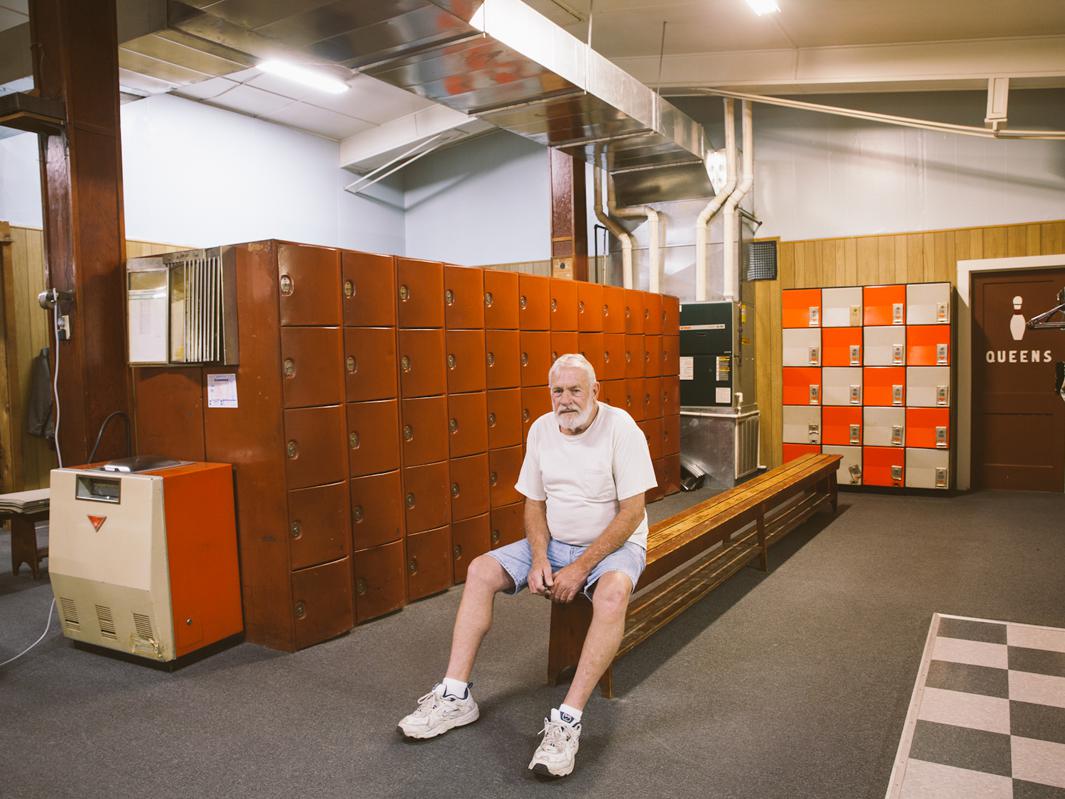
David Williams
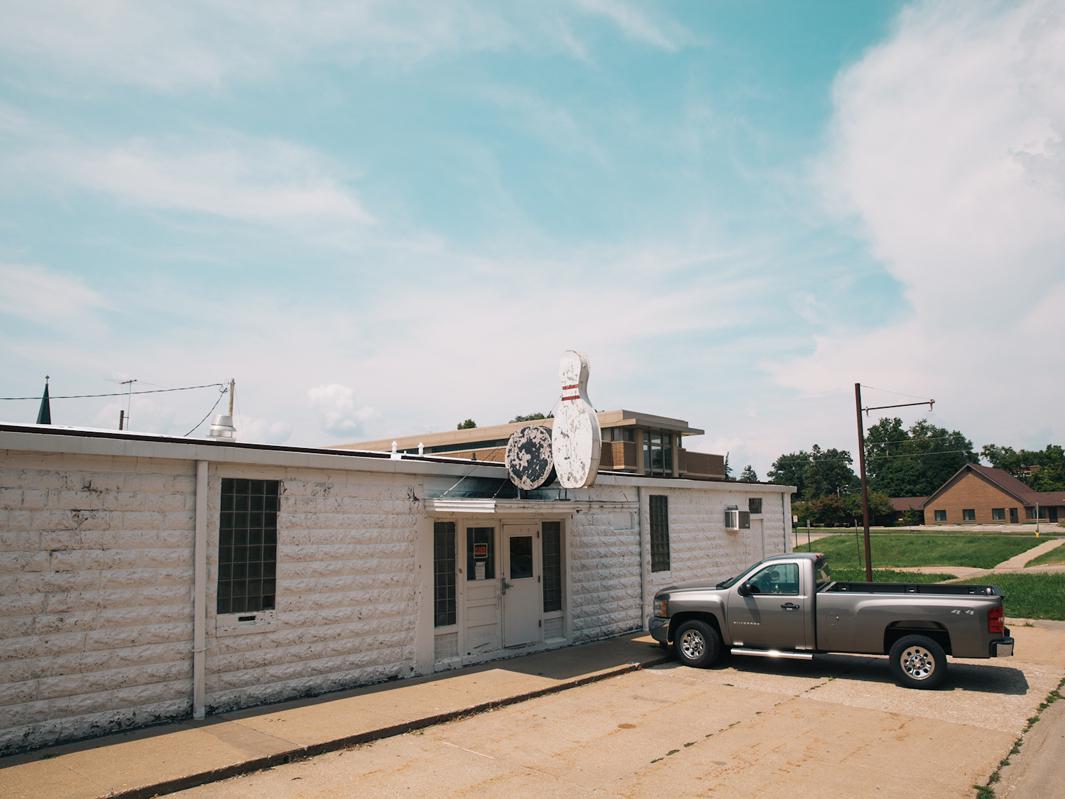
David Williams
Some of the alleys Williams photographed are trying different methods of encouraging sustained business—including making a renewed push for league enrollment—with varying degrees of success. While their futures are unclear, Williams’ photographs, which are full of character and color, make a compelling case for their survival.
“These bowling centers are beautiful and really unique, but if people don’t go bowling, they’ll close and ugly shopping centers and buildings will go there instead, places that don’t have all the history these places have.”
You can follow Williams on Instagram.

David Williams
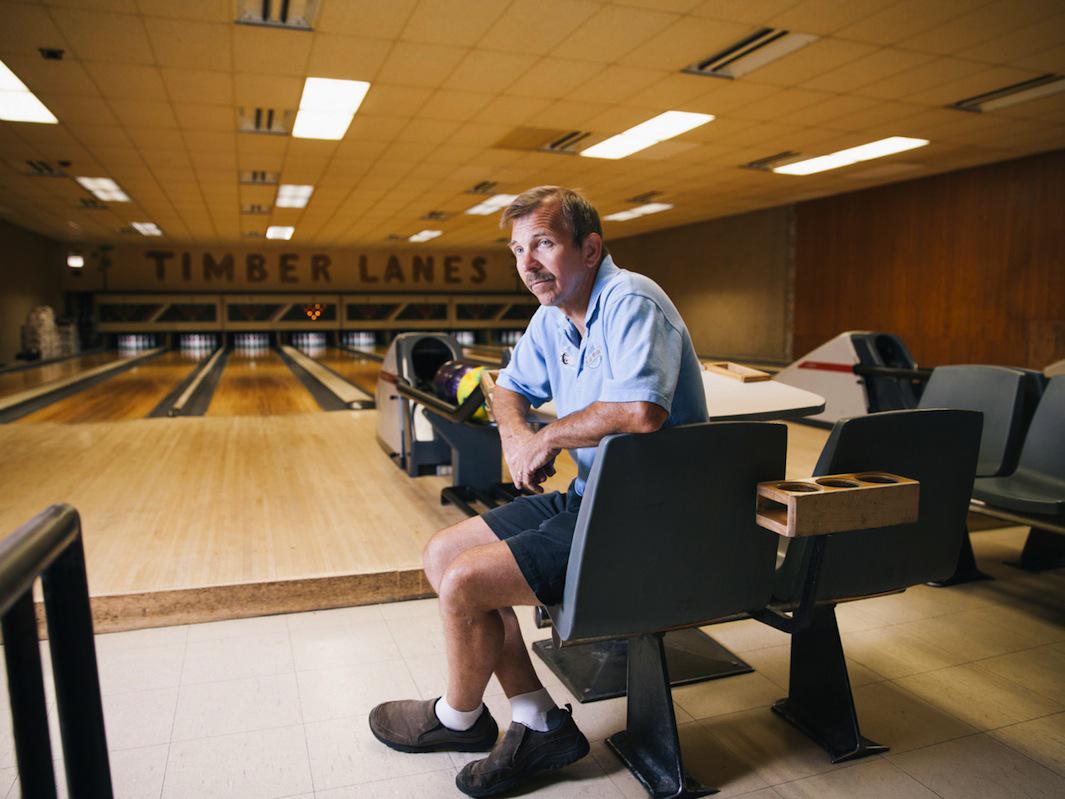
David Williams
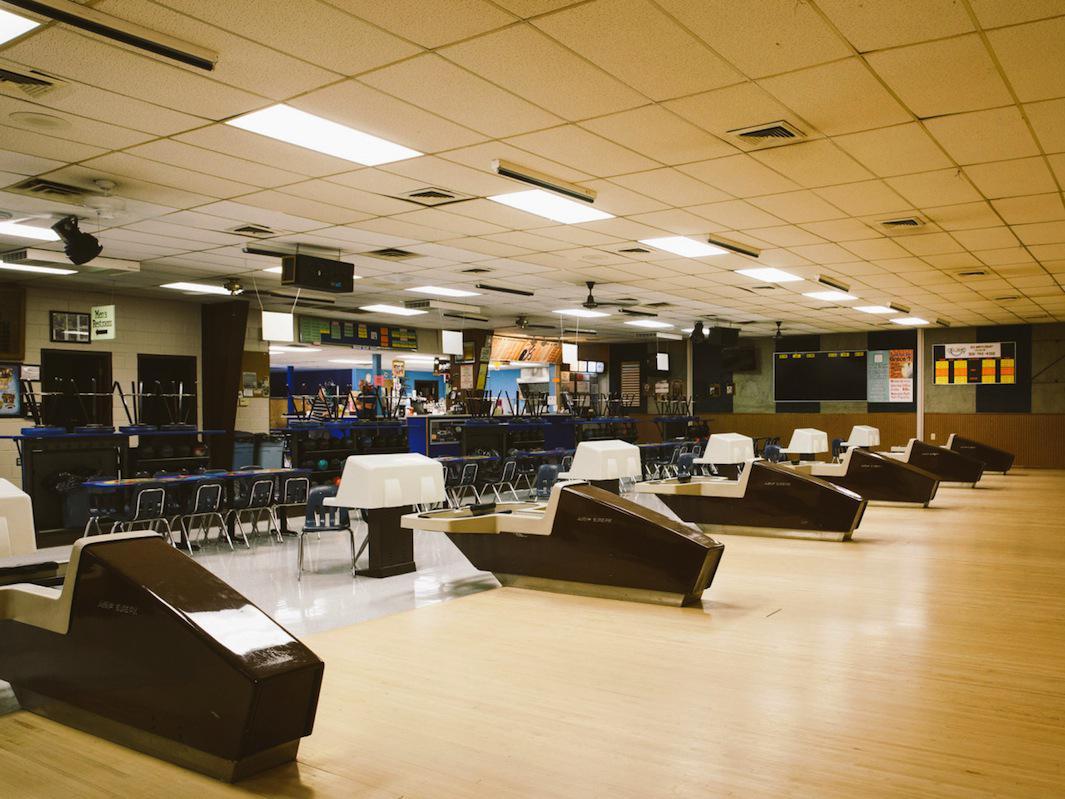
David Williams
